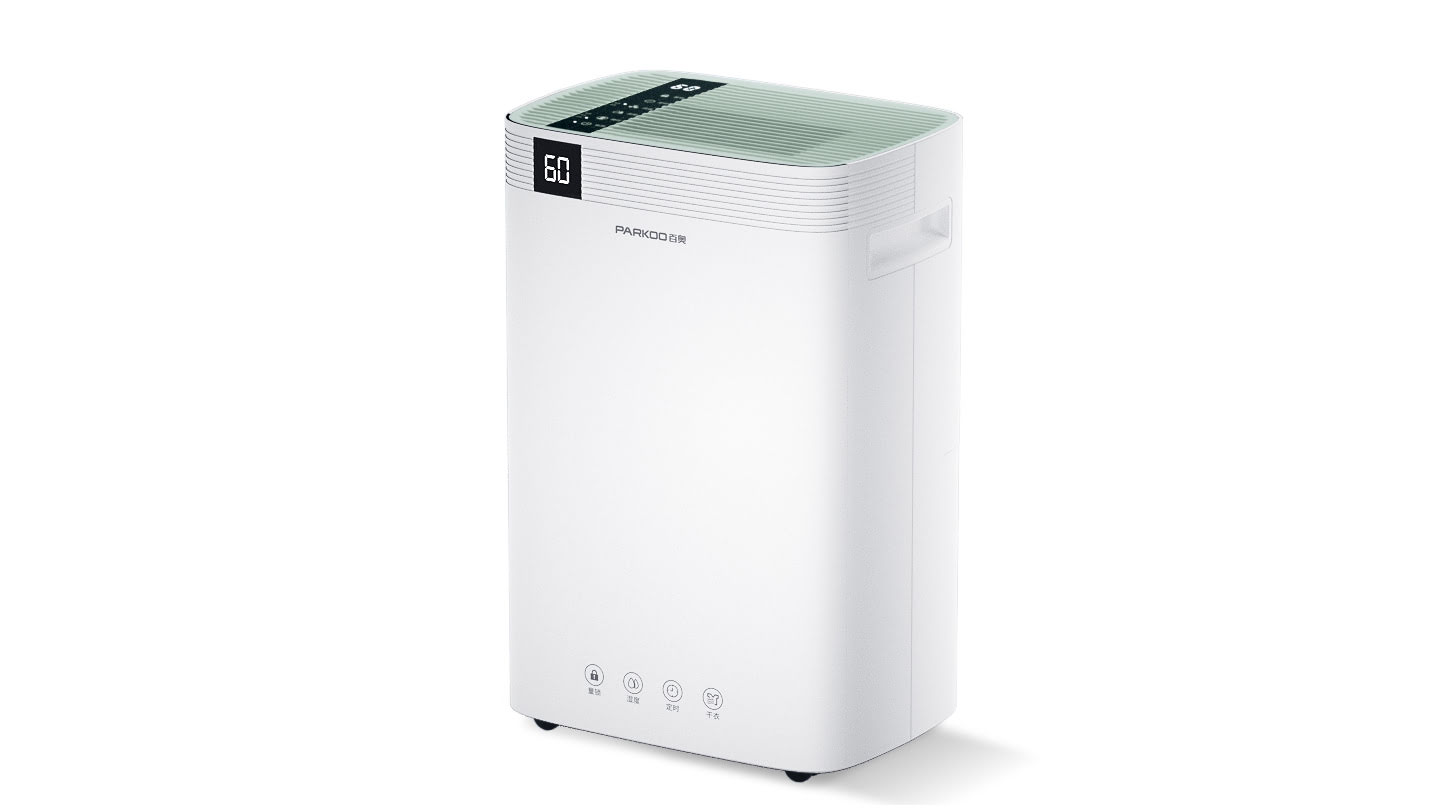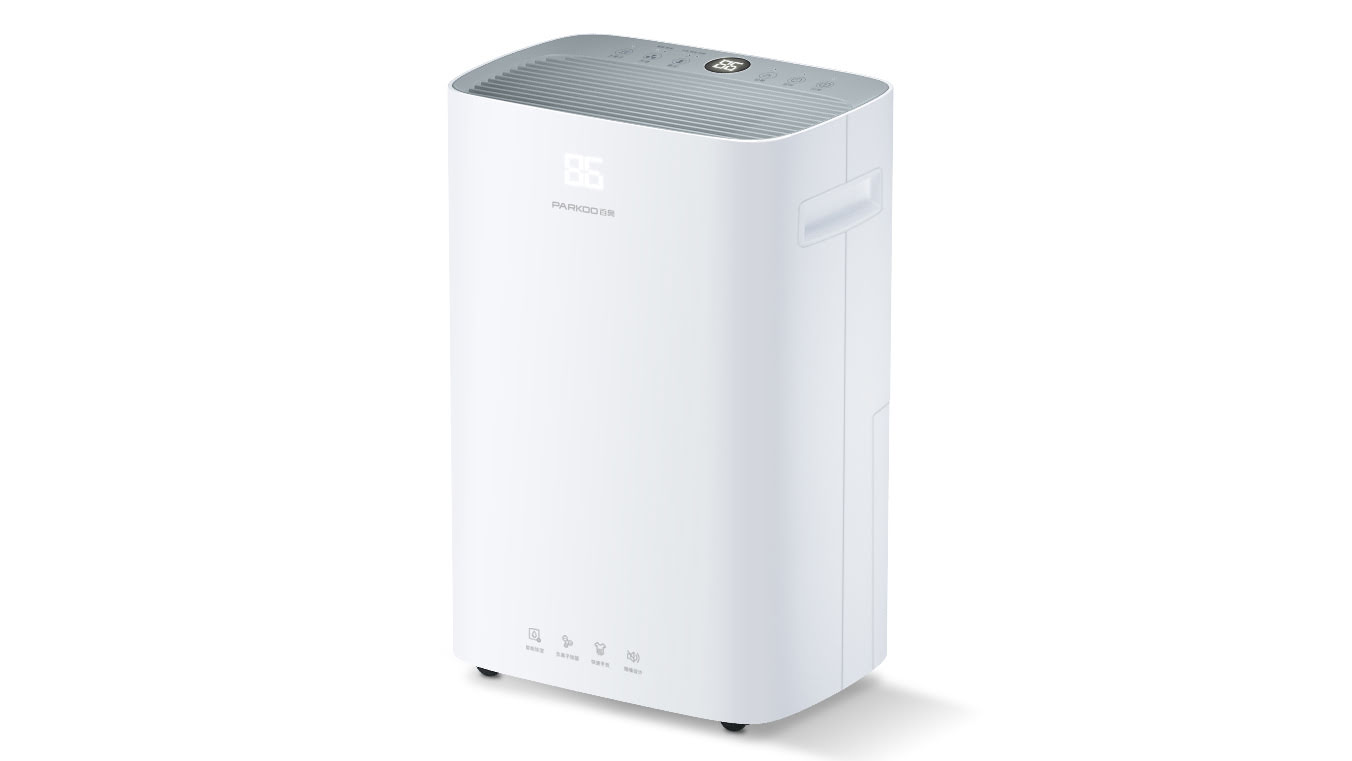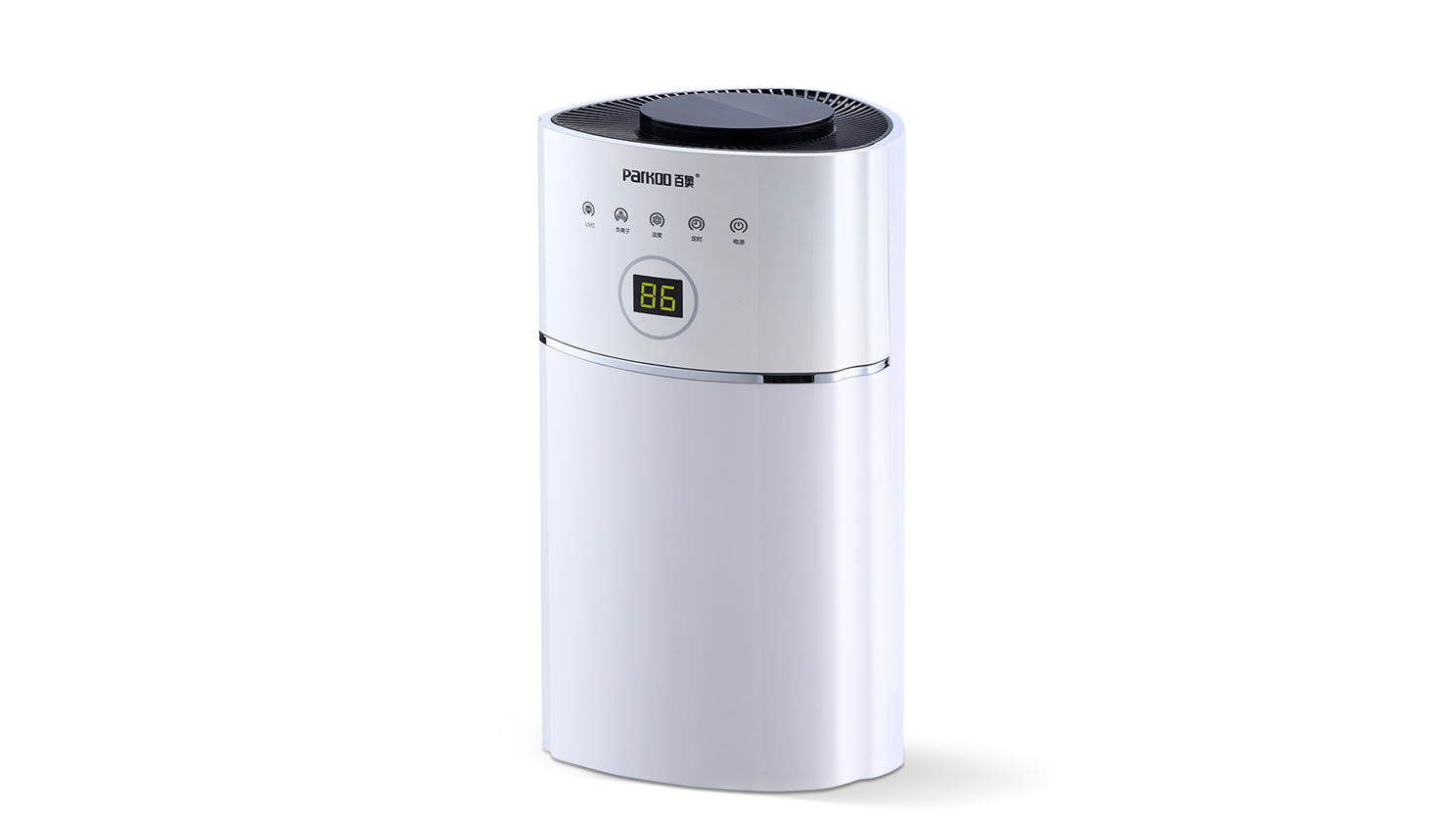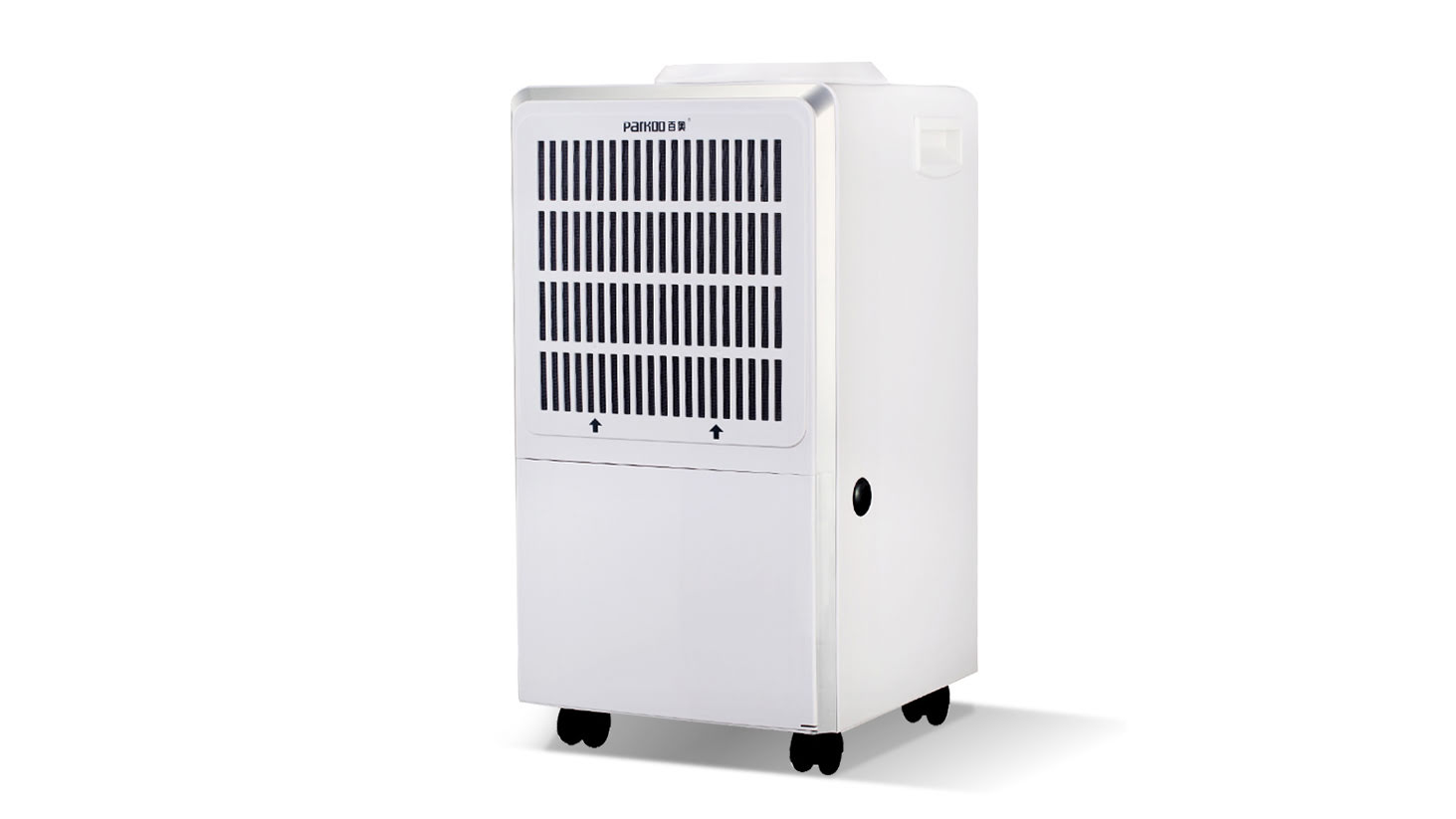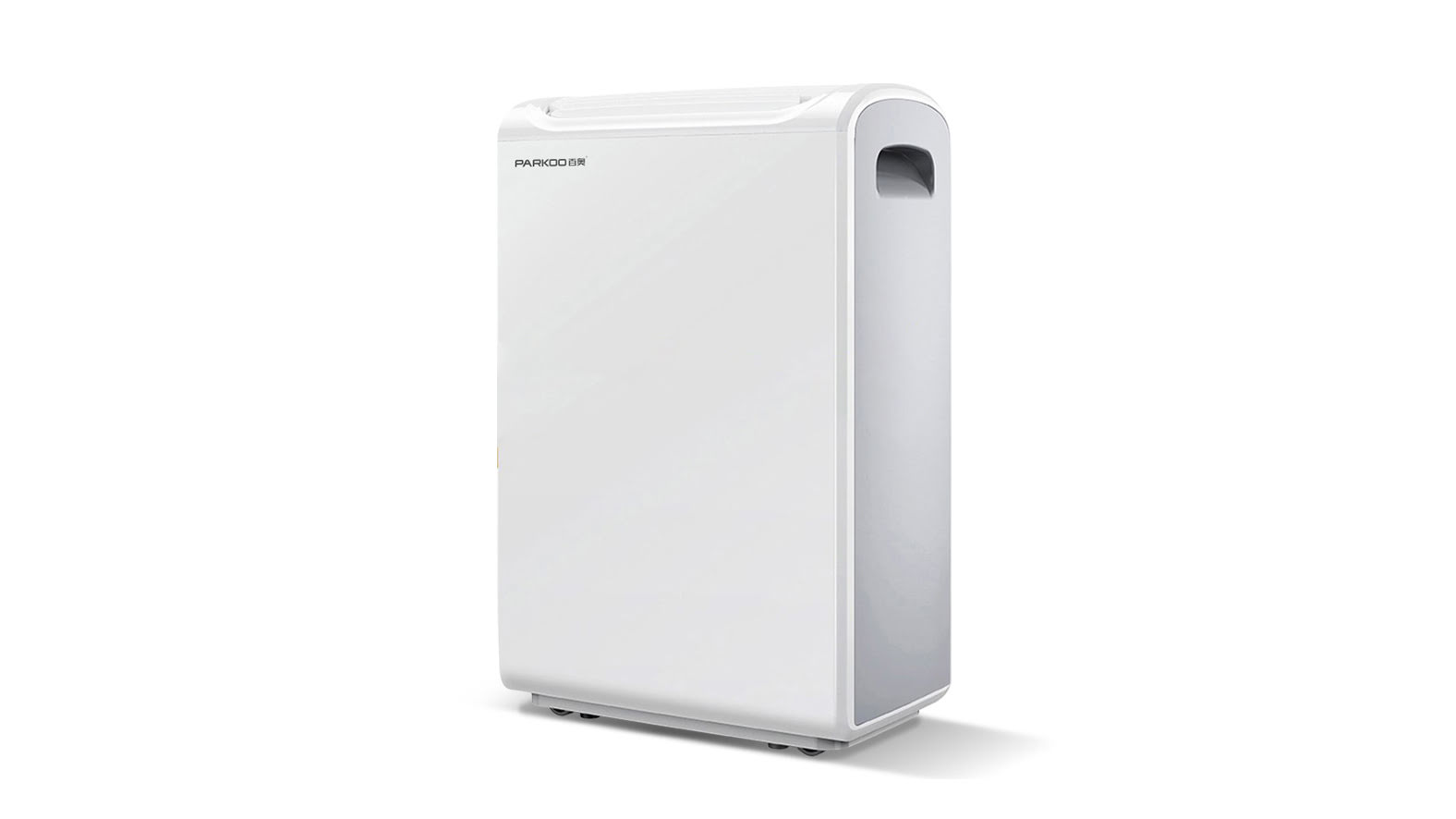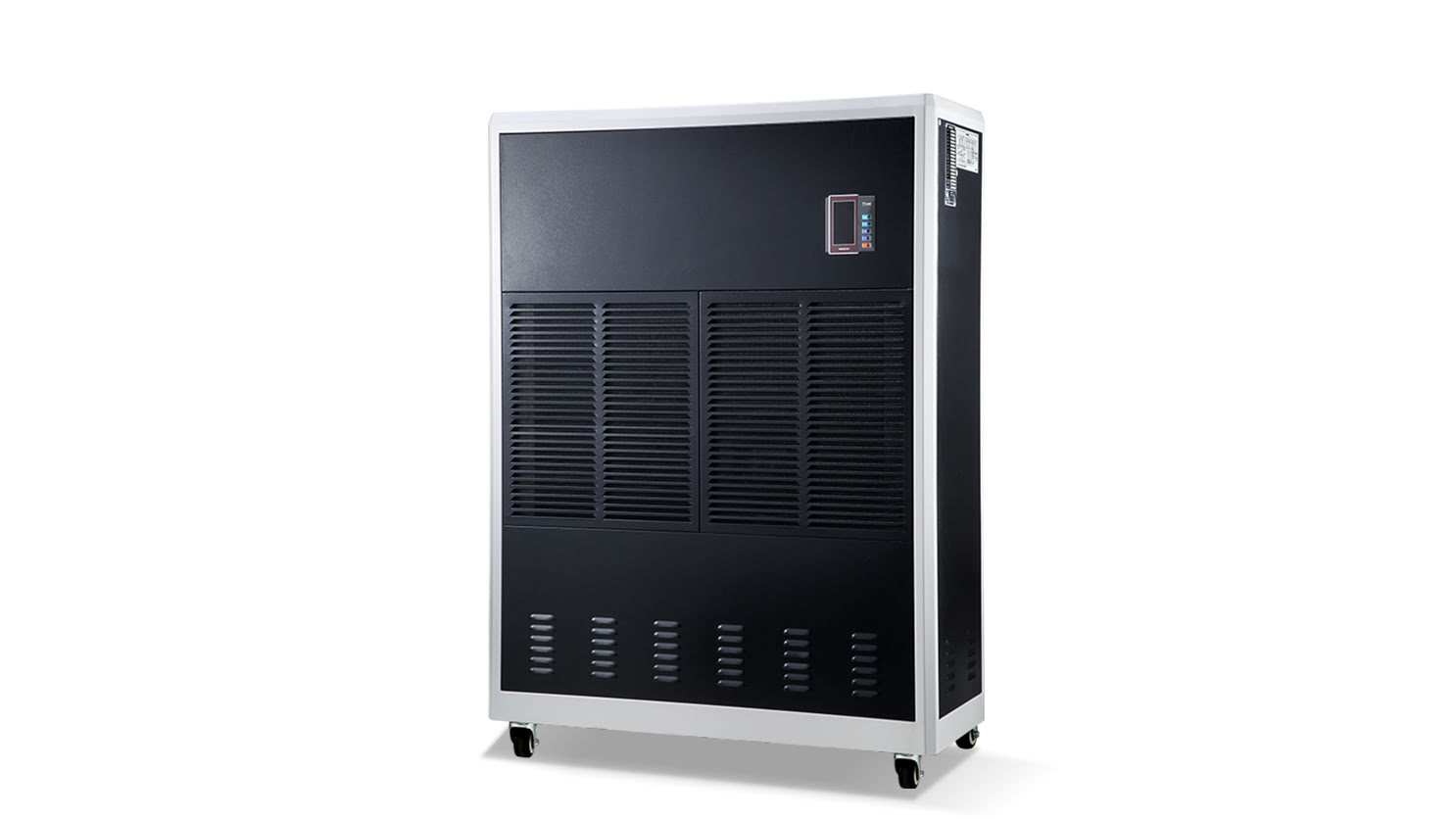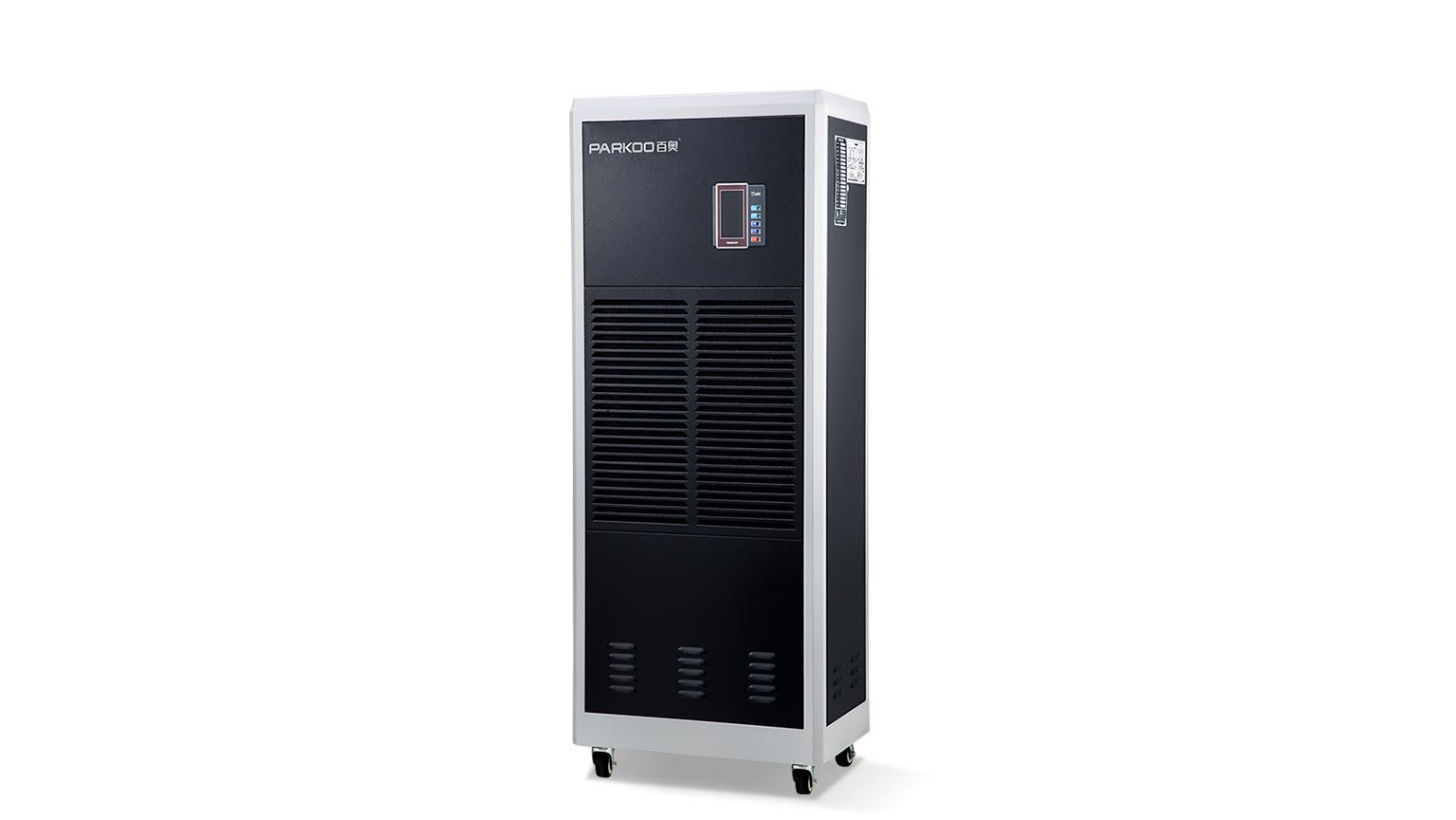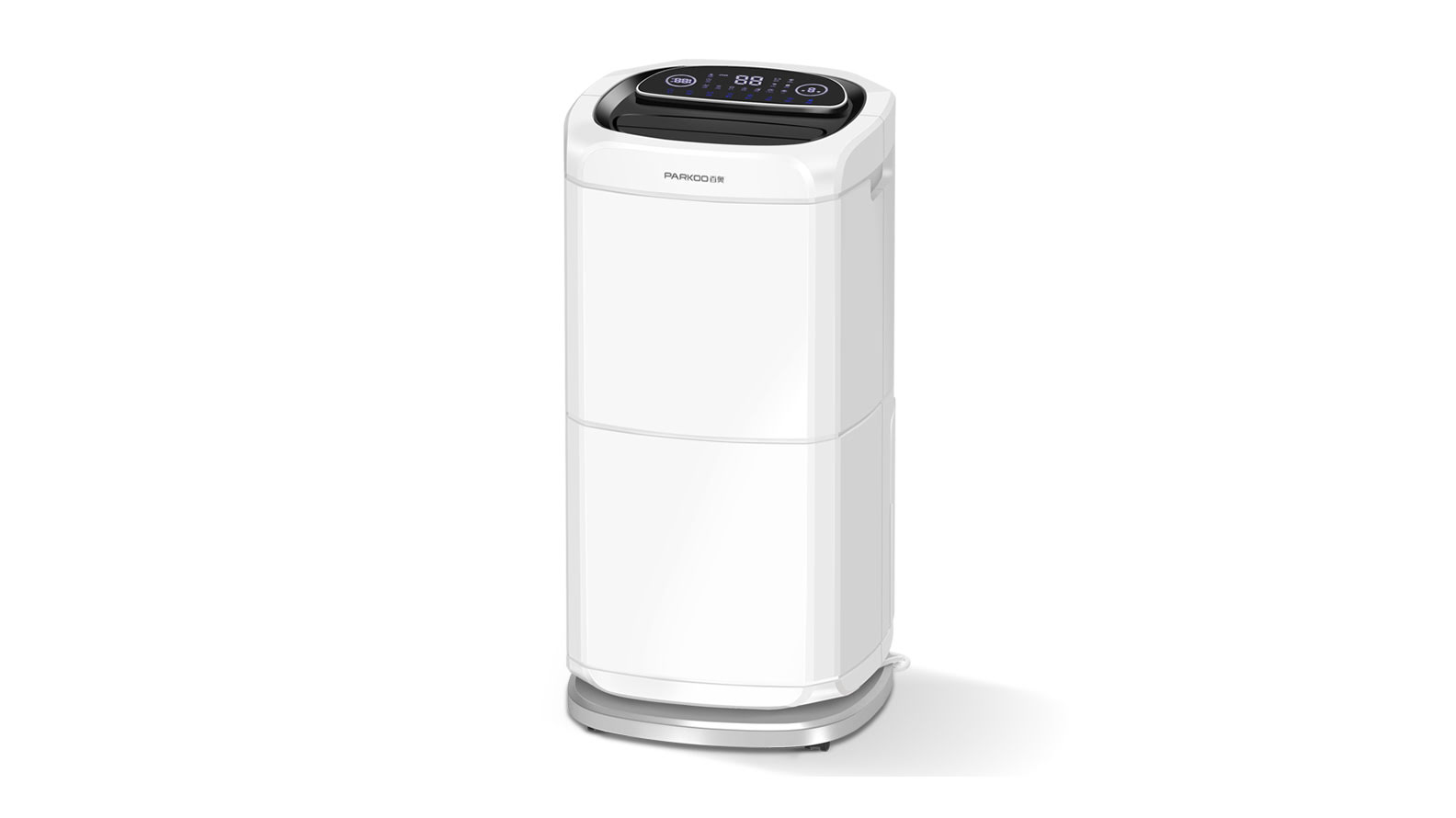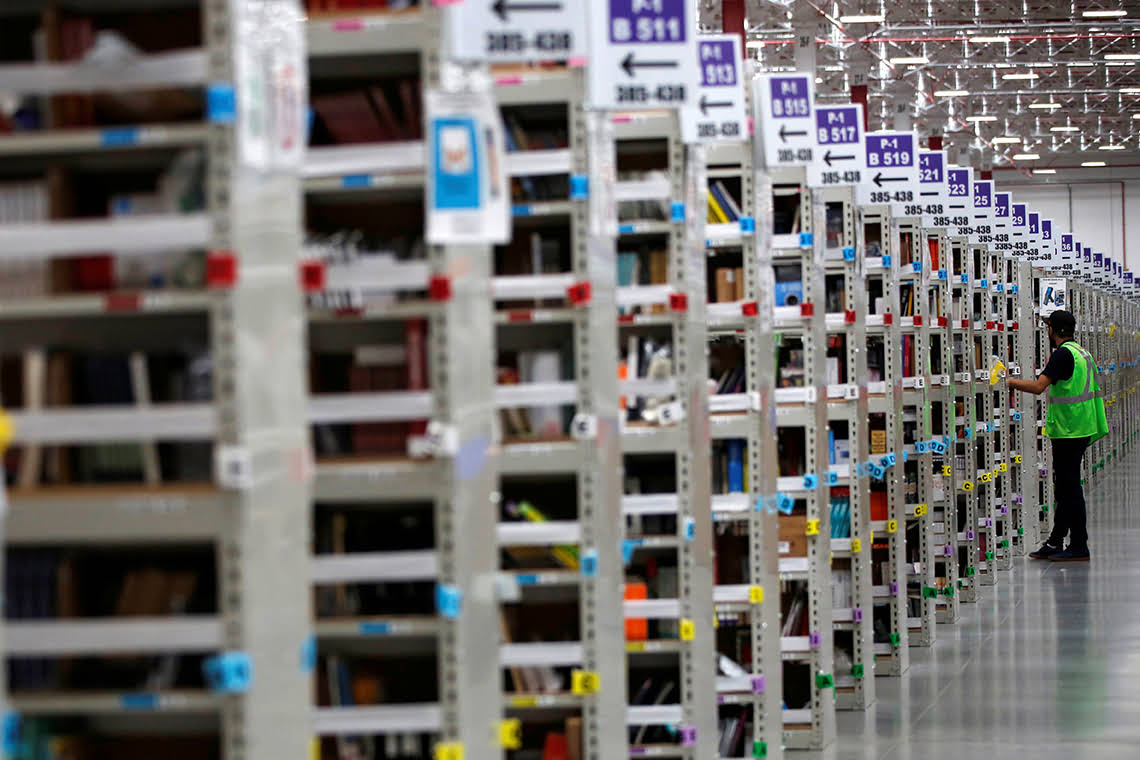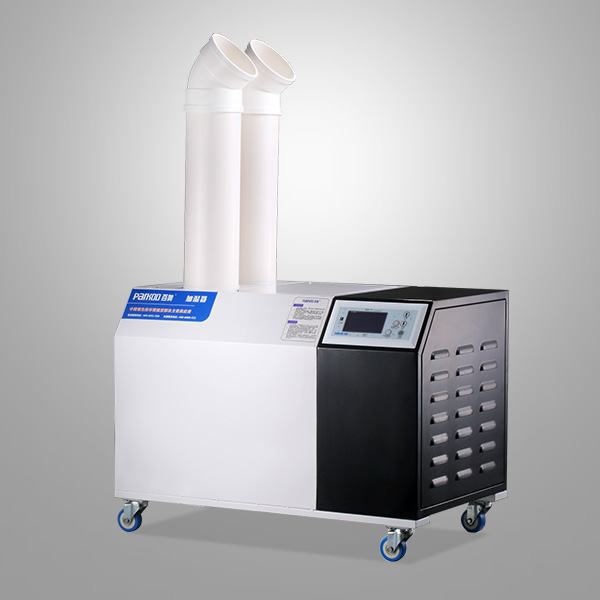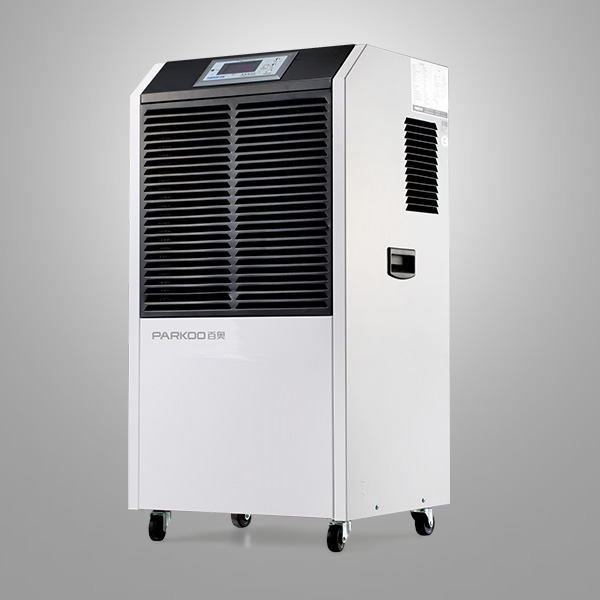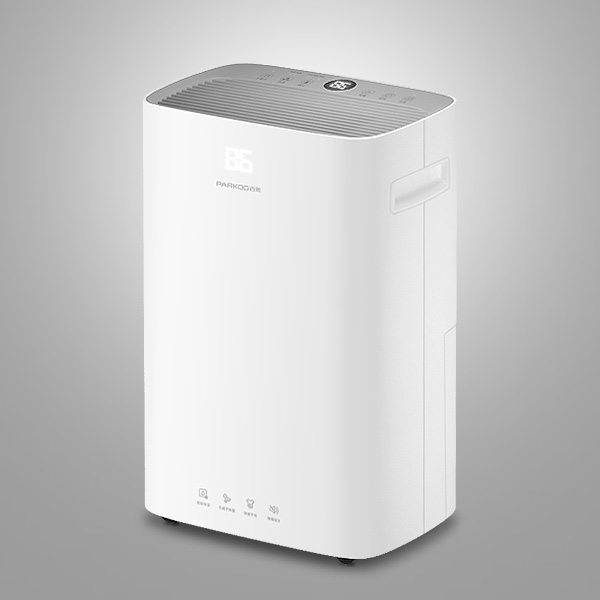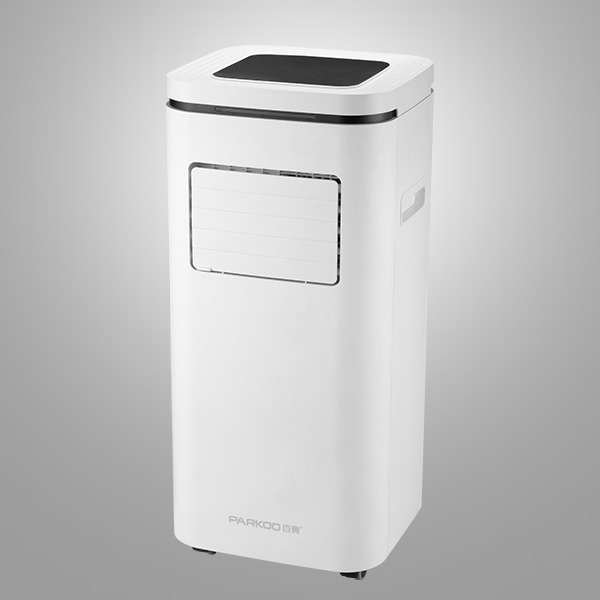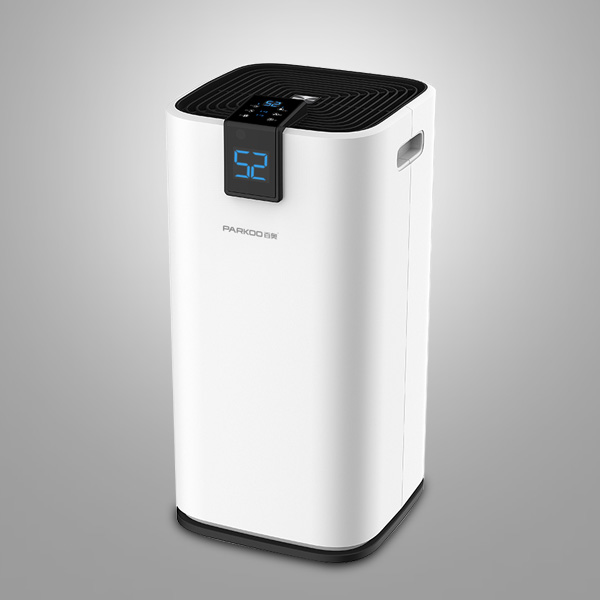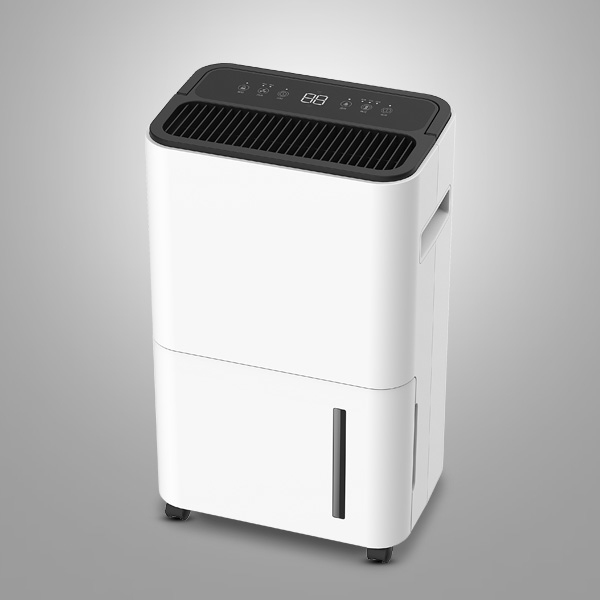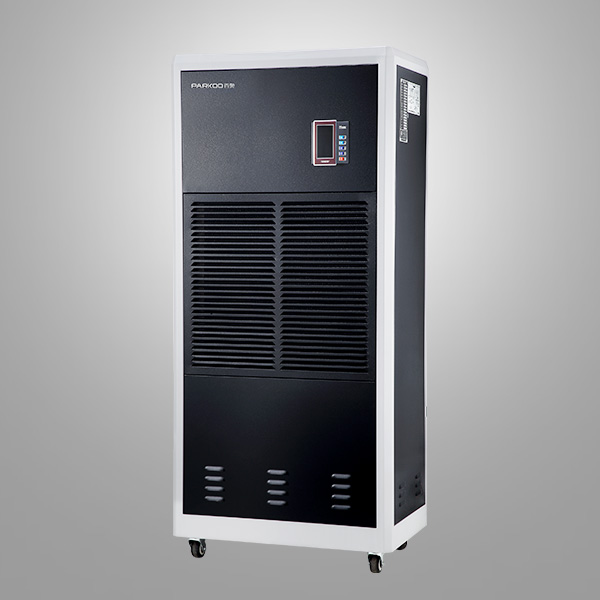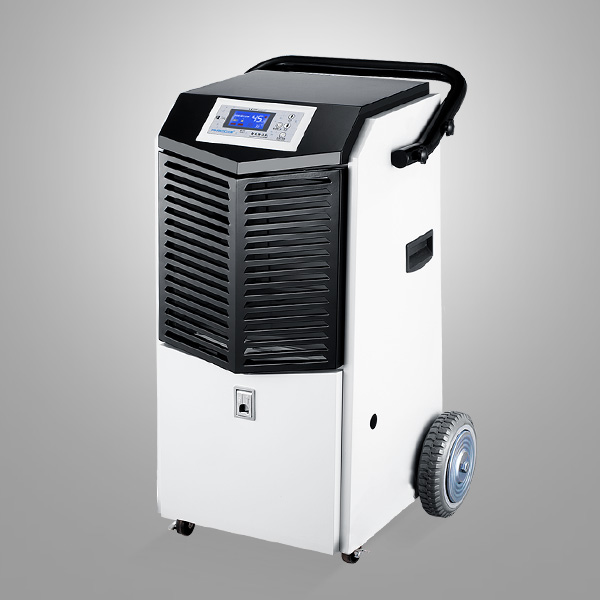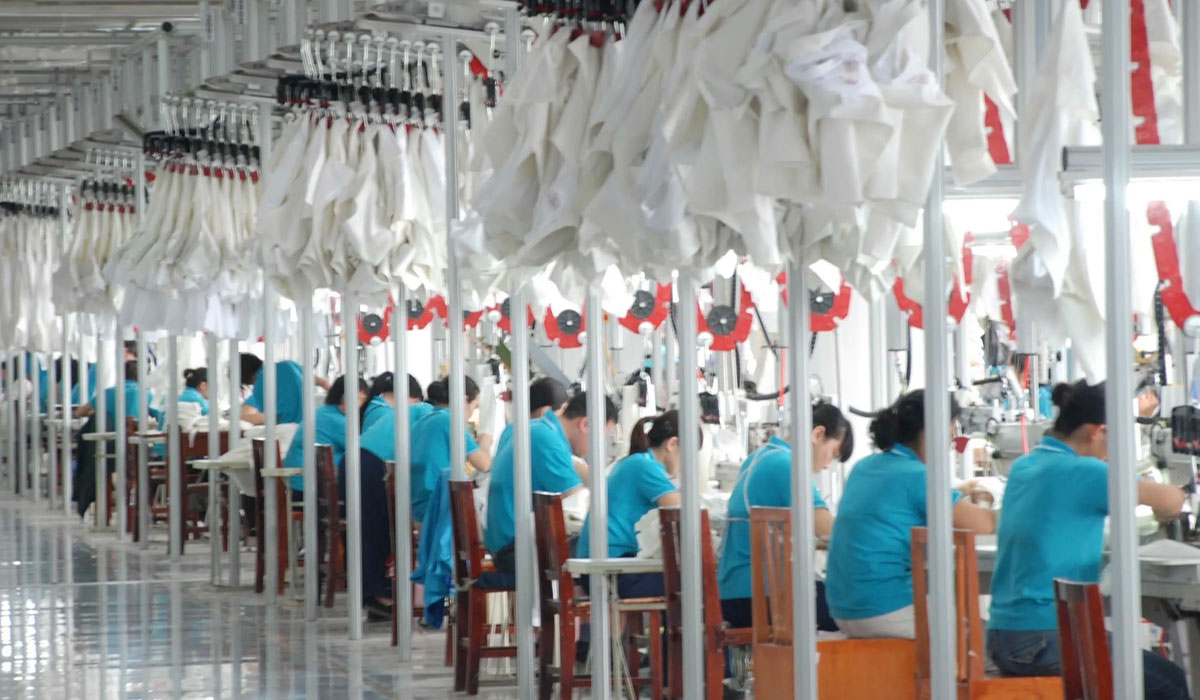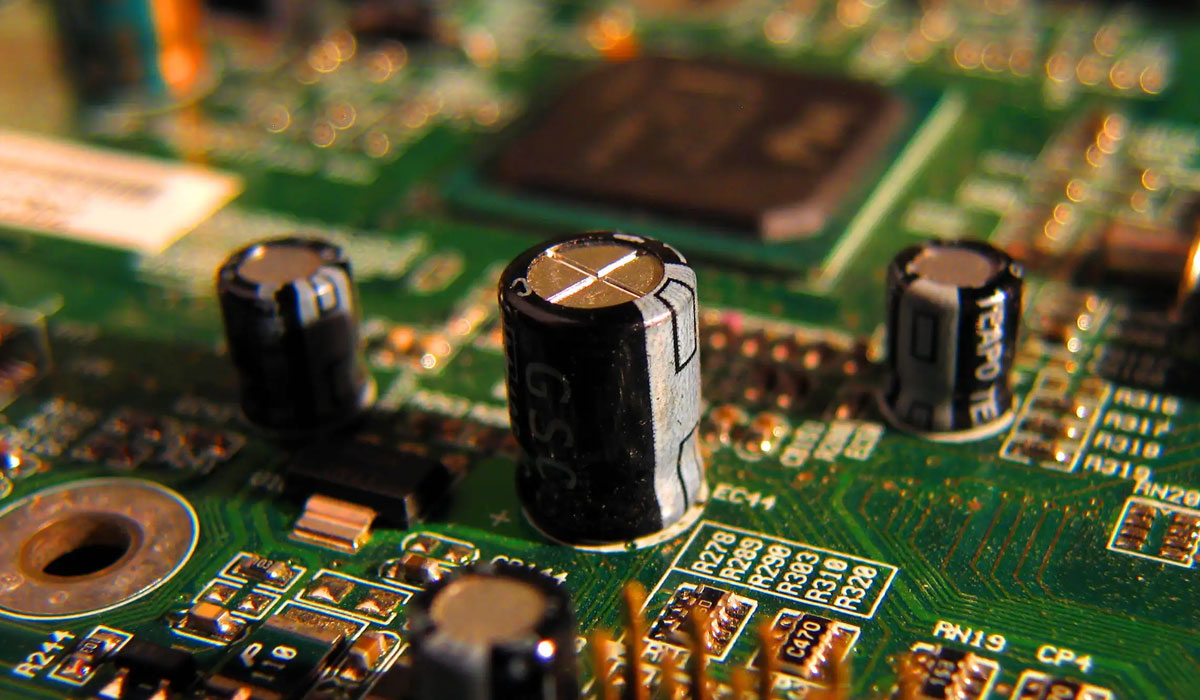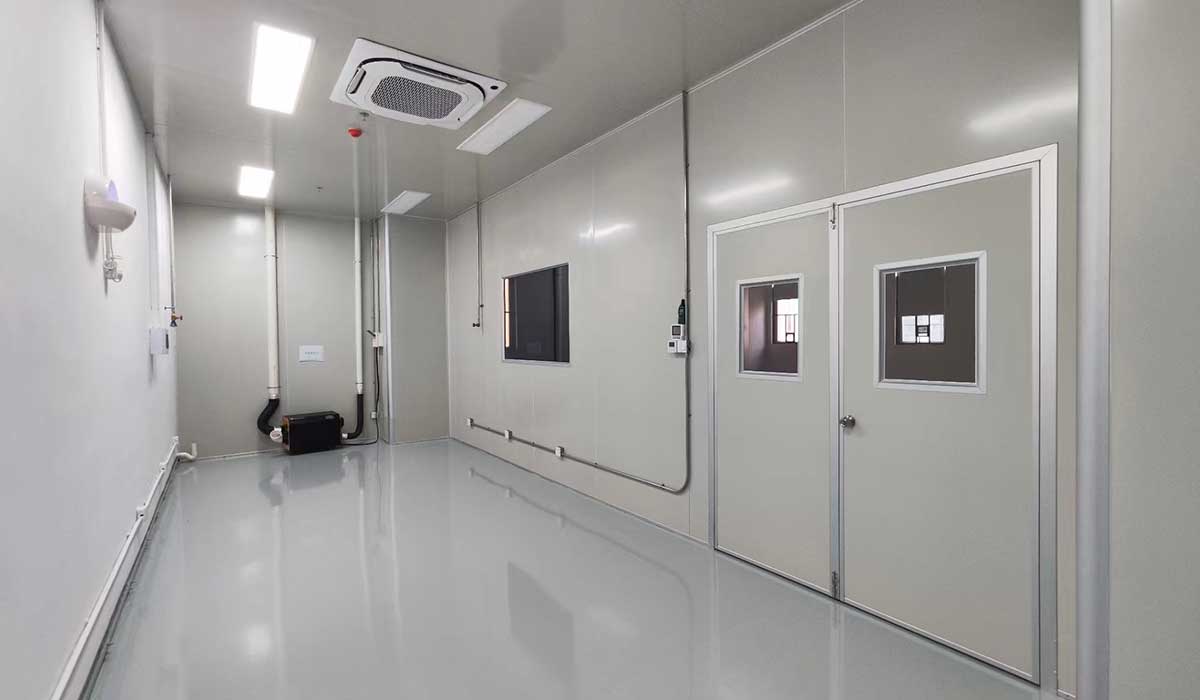Greenhouse greenhouse, light transmission, heat preservation (or heating), used to cultivate plants. In the season not suitable for plant growth, can provide greenhouse fertility and increase production, mostly used for low-temperature season temperature-loving vegetables cultivation or nursery and so on.
Greenhouse greenhouse humidity conditions are directly related to the growth and development of a variety of crops, scientific and reasonable regulation of greenhouse greenhouse humidity conditions, can make the formation of greenhouse is conducive to the growth and development of fruits and vegetables in a small environment, is to ensure that the greenhouse greenhouse of high-yield, high-quality, high-efficiency and an important part of the process.
Different crops at various stages of growth and development of air humidity requirements are different, such as cucumber belongs to the humid vegetables, it requires air humidity in 85% -90% RH or so; squash, bitter melon and other vegetables belong to the semi-moist vegetables, the required air humidity in the 70% -80% RH or so; eggplant and fruit, legumes belong to the semi-dry type of vegetables, the air humidity in the required 55% -65% RH or so; watermelon, melon, etc. belong to the dry type, the air humidity in the requirements of 45% -55% RH or so. About; watermelon, melon, etc. belongs to the dry type, the required air humidity in 45% -55% RH or so.
For greenhouse greenhouse, although precipitation will not be directly will be inside, but the water will flow, the soil will absorb water, precipitation is constantly, so it will lead to greenhouse greenhouse air humidity is very high, and the greenhouse is often impermeable, too high air humidity will inhibit the normal transpiration of the plant, slow down the normal water cycle of the soil, induced and exacerbated by the occurrence of diseases and insect pests, and easy to cause the flowers and fruits to fall, which will have a direct impact on the the harvest.
Control the relative humidity of the air in the greenhouse, it has become a greenhouse vegetable growers must face and solve the problem.
Ventilation, is a greenhouse greenhouse commonly used one of the most simple method of reducing humidity, generally after each irrigation, without affecting the temperature of the situation, are to increase the ventilation, into the outside world of dry air, reduce the relative humidity of the air in the shed. Ventilation can not be carried out blindly, must be based on the need to determine the amount of air exchange. Therefore, ventilation will be more labor-intensive and cannot be precisely controlled, and the temperature may also be affected.
In addition, some straw, straw, grass ash or fine dry soil can be sprinkled between the rows, and lime can also be piled up in the shed to absorb moisture, but the overall labor-intensive and generally effective.
However, greenhouse greenhouse humidity control is the most simple and effective way to use dehumidifier to dehumidify. The use of dehumidifiers for greenhouse greenhouse humidity control, not only can efficiently remove moisture in the shed, but also the shed air humidity can be accurately controlled in a variety of crops within the range required for growth and development. At the same time, the operation of the dehumidifier will not affect the temperature in the greenhouse greenhouse, providing a favorable growth environment for the growth of crops.
parkoo dehumidifier, strictly adopts professional technology and superb craftsmanship to manufacture efficient, energy-saving, environmentally friendly dehumidifier products. The product has a constant temperature and humidity control system, which efficiently realizes the dehumidification effect, reduces the operation cost and improves the industrial income.
